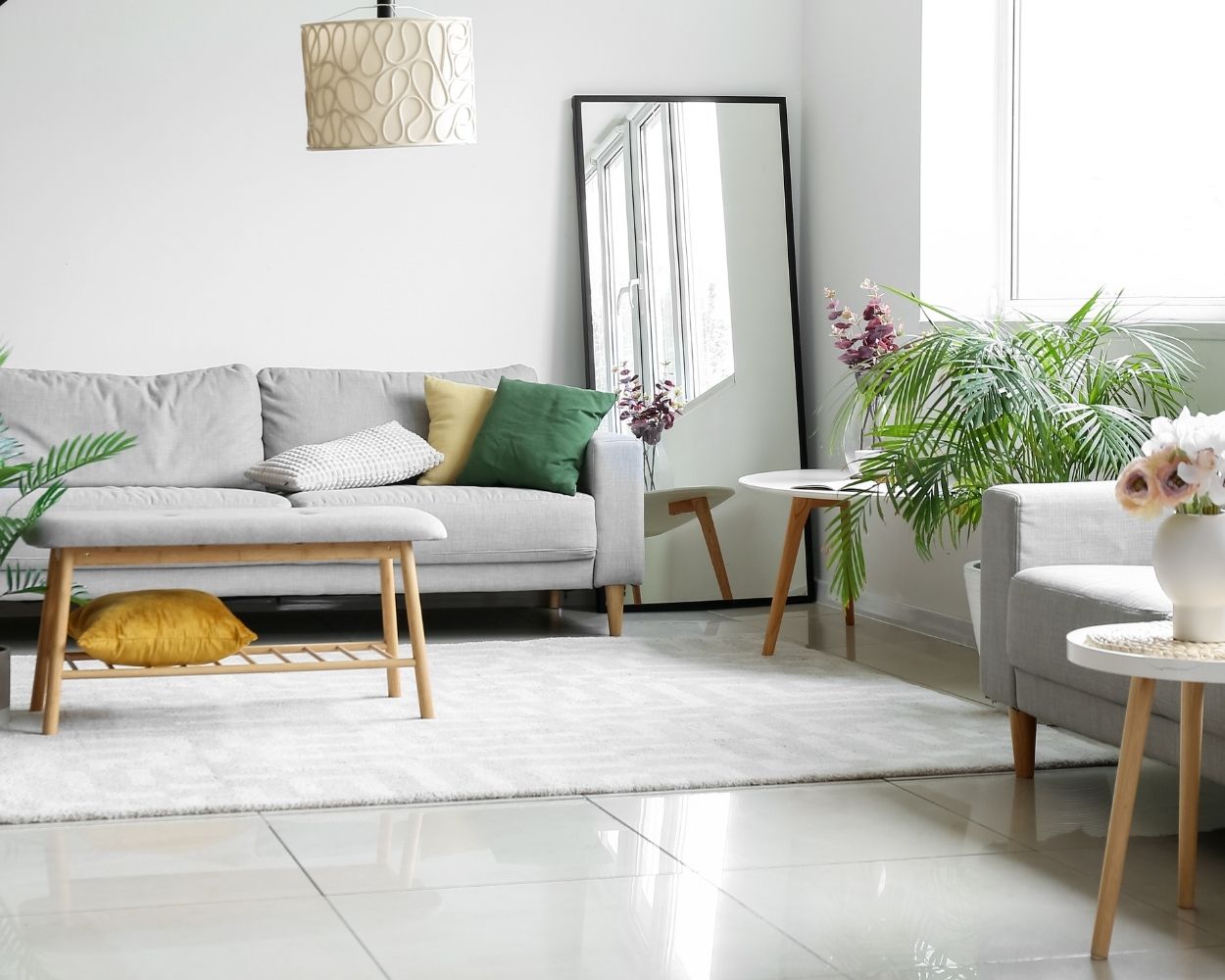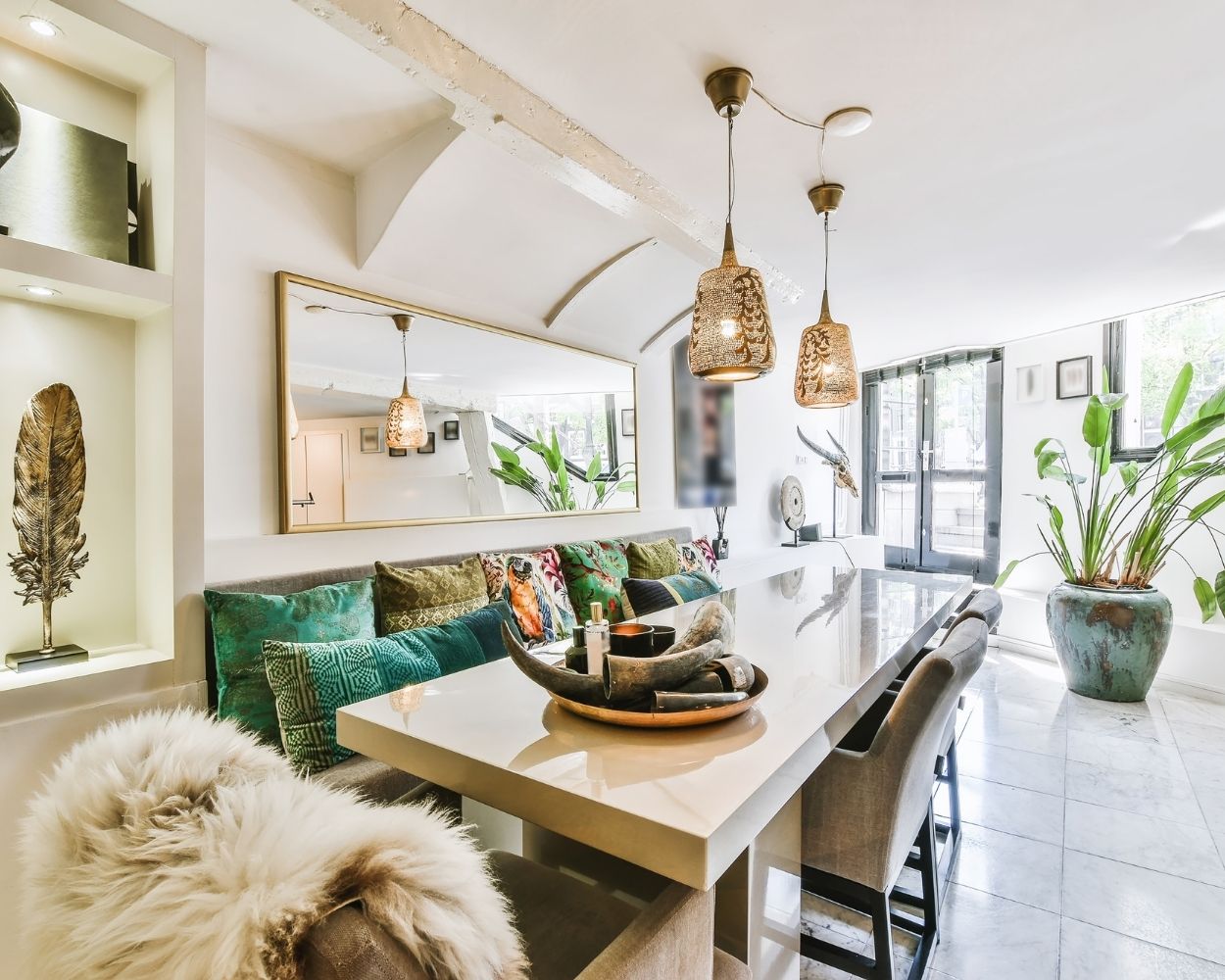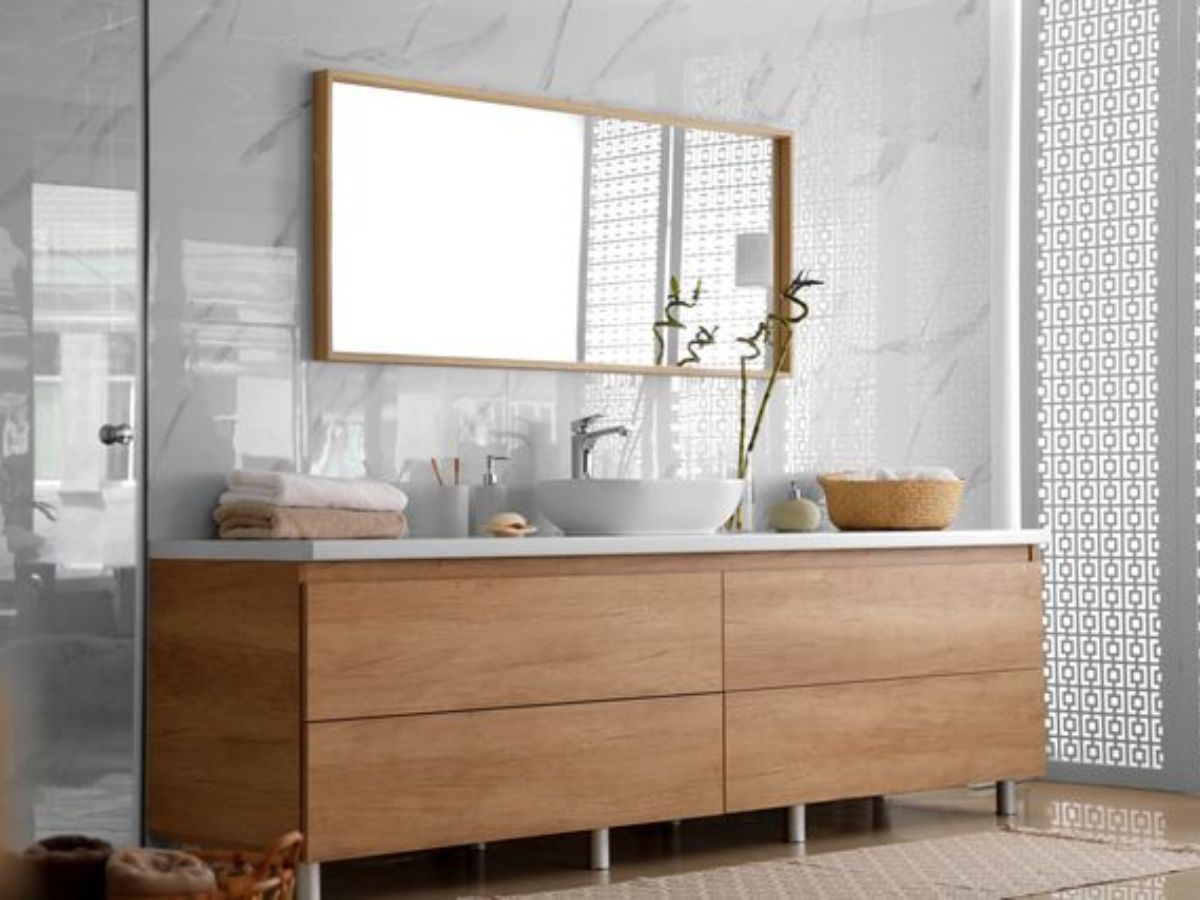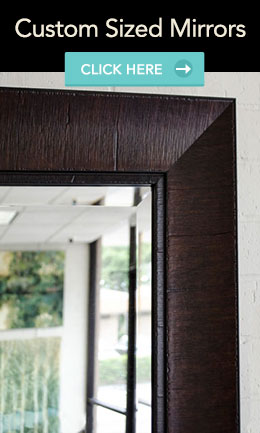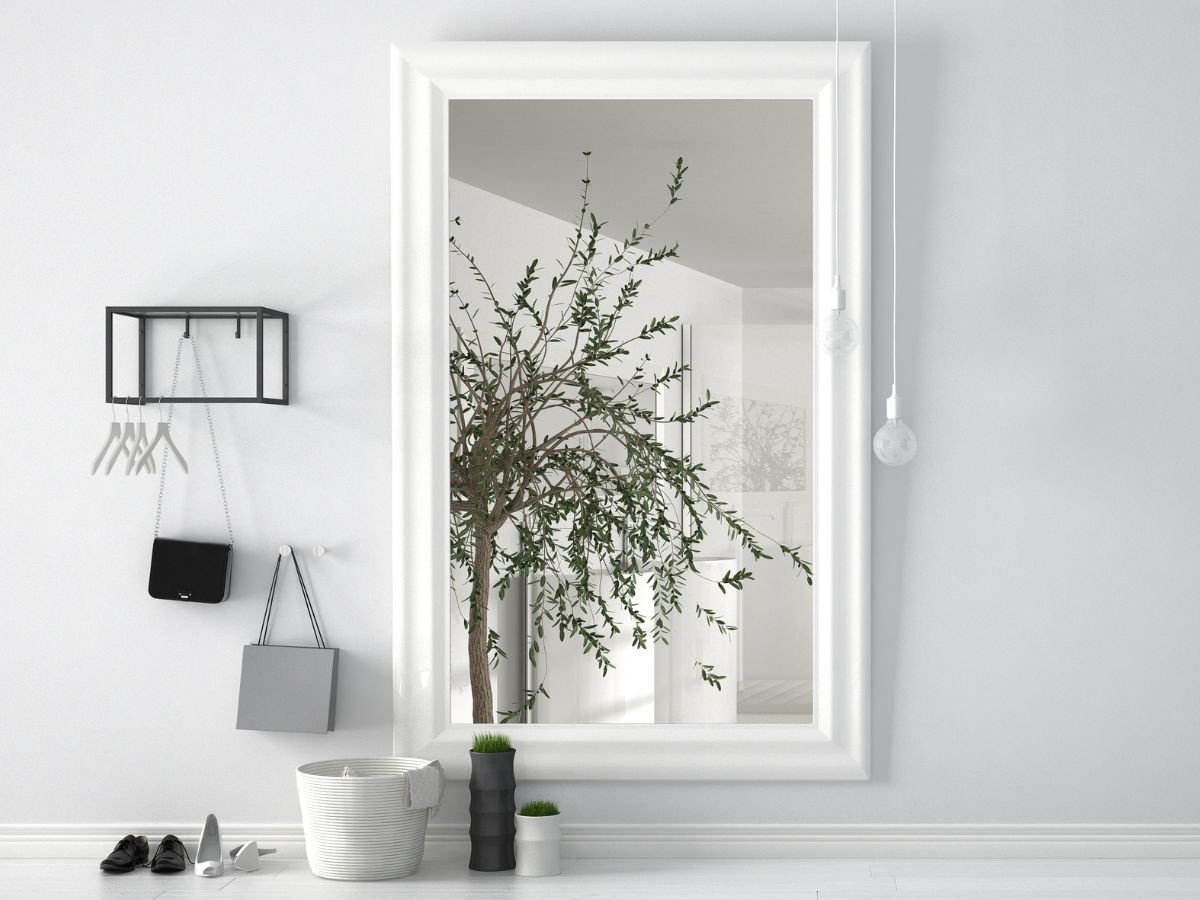
Best Places to Put Mirrors at Home
Mirrors are one of the most versatile design tools of an interior designer. In addition to their reflective purpose, they transform the perception of light, space, and proportion. Whether framed in wood, metal, or sleek minimalist finishes, custom-sized mirrors can elevate a home’s aesthetic while serving a functional role. Here’s how professional designers strategically position mirrors throughout a residence to achieve balance, beauty, and practicality.
1. Entryway
An entryway mirror sets the tone for the rest of the home. It’s both functional, welcoming and a spot for one last glance before heading out. A rectangular framed mirror above a console table creates symmetry and structure, especially when paired with sconces or a vase for depth.
Designers often specify custom dimensions here to perfectly align with the furniture below. For example, a mirror that spans about two-thirds the width of the console maintains a visually balanced proportion. The right frame finish like matte black or brushed brass can echo door hardware or accent metals for a cohesive entry statement.
2. Living Room
In living rooms, mirrors help expand visual space and enhance natural light. Placing a large, framed rectangular mirror opposite a window captures outdoor light and redistributes it, creating a brighter and more dynamic interior.
Above a fireplace mantel, a custom-sized mirror can serve as the room’s centerpiece. Whether framed in natural wood for warmth or metal for sophistication, the mirror anchors the seating arrangement and complements artwork or decorative accents.
Designer tip: Avoid reflecting cluttered areas. Instead, position mirrors to reflect attractive architectural details, artwork, or light sources.
3. Dining Room
A mirror in the dining room adds depth and luxury, especially in smaller or enclosed spaces. Designers often recommend installing a framed mirror along one wall to visually double the size of the room and enhance ambient lighting during meals.
In formal spaces, pairing mirrors with pendant lighting or chandeliers amplifies their glow, creating an inviting and sophisticated atmosphere.
4. Bedroom
In bedrooms, mirrors should be both practical and serene. A tall framed floor mirror near a wardrobe offers a full-length reflection while serving as a decorative statement. Over a dresser, a horizontal custom mirror adds function for grooming and balances the proportions of the furniture.
Avoid placing mirrors directly opposite the bed, as this can disrupt relaxation and reflect unwanted nighttime light. Instead, position them where they’ll expand openness without distraction.
5. Bathroom
Bathroom mirrors are essential but deserve careful consideration. The most balanced look is achieved when a custom-sized rectangular mirror matches the width of the vanity or leaves a 1-2 inch border on each side. Framed mirrors in moisture-resistant materials elevate bathroom style and durability.
Designers often specify LED backlighting or side sconces to complement the mirror’s shape, ensuring both beauty and functionality.
The best mirror placements are thoughtful, intentional, and scaled to the room’s proportions. Framed, custom-sized mirrors offer flexibility for any space.

